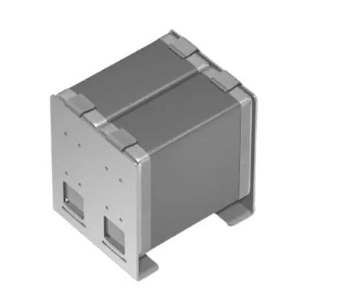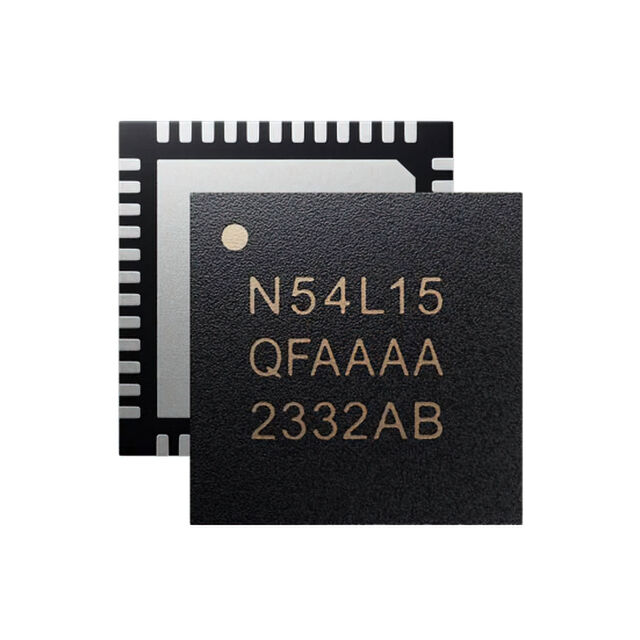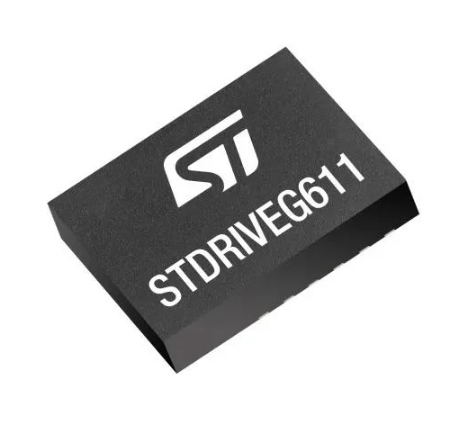The rising significance of raw materials for the Li-ion industry
Lithium-ion batteries are essential in driving a sustainable and low-carbon future. To stay competitive in the rapidly growing Li-ion market, battery manufacturers need to be able to secure a stable and cost-effective supply of raw materials.
Coupled with the growing emphasis on sustainability throughout the battery lifecycle, reflected by evolving policies like the EU Batteries Regulation – where battery passports for tracking the carbon footprint of certain batteries will be made mandatory – reducing carbon emissions across the entire battery value chain becomes a key challenge.
The production and sourcing of raw materials through mining and refining are essential steps in battery manufacturing. As a result, understanding the carbon emissions associated with the production of raw materials is becoming more crucial than ever.
Here, Dr Jiayi Cen, Technology Analyst at IDTechEx disucsses the growing significance of raw materials for the Li-ion industry.
IDTechEx's report ‘Critical Battery Materials 2025-2035: Technologies, Players, Markets, and Forecasts’ provides comprehensive overviews on materials extraction and processing technologies for several critical battery materials: lithium, nickel, cobalt, copper, and natural graphite, and discusses the sustainability impacts of raw materials sourcing, considering factors such as feedstock types and production routes.
Raw materials emission intensities
The carbon emission arising from raw materials production can vary widely across different materials and within the same material. Such variations exist because these raw materials may originate from diverse sources (with varying grades) and undergo different processing and refining routes powered by different energy sources (e.g., fossil fuel-based versus green electricity). The proportion of greenhouse gas (GHG) emissions from mining, processing, and refining segments may vary for each material. However, there is a consensus in the industry that processing and refining account for the majority of GHG emissions.
Decarbonisation opportunities exist in raw materials sourcing
An analysis of carbon emission profiles for key battery materials, including lithium, nickel, cobalt, copper, and graphite, presented in the report indicates that nickel is likely to have the widest emission range. This is due to the various types of products (such as Class I and Class II) and intermediates (such as mixed hydroxide precipitate) that exist for nickel and its processing routes with different energy requirements. With the rapid growth of the lithium-ion battery market, nickel extraction and processing technologies have been optimised to enhance feedstock flexibility and expand processing options, enabling the interconversion of various nickel products and intermediates that can be further processed/refined to battery-grade nickel sulphate. As a result, the choice of production routes for nickel raw material significantly impacts a battery's overall raw material emission profile.
Graphite anode materials, whether natural/synthetic or a blend of both, also exhibit a wide range of GHG emission intensities. Therefore, shifting the raw material sourced from synthetic to natural graphite has the potential to reduce the overall materials emissions.

Raw materials emission intensities can vary widely. Source: IDTechEx
Linking cell materials intensities to the emission profile of a battery
The total material emissions of a Li-ion cell are influenced not only by the emission intensity of each constituent raw material but also by material intensities. As a result, a cell containing a low proportion of highly emissive materials may not necessarily have an uncompetitive cell materials emission profile on the whole.
Li-ion materials intensities are related to the chemistries occurring at the cathode (such as lithium nickel-manganese-cobalt NMC and lithium iron phosphate LFP) and the anode (such as graphite and graphite-based with a blend of silicon) and the Li-ion cell design factors. The report offers insights into the key trends in critical materials used in Li-ion batteries. It provides 10-year granulated forecasts on materials demand for lithium, nickel, copper, cobalt, graphite, and manganese, segmented by market applications and regions.
Outlooks on the supply of raw materials
IDTechEx's research found that the demand for critical battery materials is growing faster than the global supply from mining. Therefore, the battery-sector demand is becoming increasingly dominant. This trend has been exemplified in lithium and cobalt markets and will extend to other materials like nickel.
There are other avenues to boost future raw materials supply, for example, by sourcing raw materials from recycled feedstocks and mine tailings. The report examines the prospects of deep-sea mining as a potential source for future mineral supply, detailing key players along the marine mineral value chain and their activities.







